
Since the age of Pinterest, more brides have resorted to doing something “different” for their wedding day. More often than not, the traditional aspects of a wedding such as a fruit cake for a wedding cake, a white wedding dress and getting married in a church instead of the venue’s chapel, has been tossed aside to make way for new ideas.
The History of the White Wedding Dress
By now, most of you might have heard the story before: Prior to the traditional white wedding dress – 1800’s and back – it was considered an elite privilege to have access to white linen. Pure white linen was extremely expensive at that time and only the riches could afford it.
When a bride was to get married, she would wear whatever fancy dress she had.
It wasn’t until 1840 when Princess Victoria married Prince Alfred of Saxe-Coburg. The dress was a stunning victorian style and rounded off with lace. It became so popular, that brides from that time forward only wore white to their weddings.
Fun fact: Queen Victoria was not the first princess to get married in white. In 1559, Mary, Queen of Scots, also wore white when she had wed Francis Dauphin. However, white was the colour of mourning in France at that time, so the trend did not pick up.
Moving Away from the White Wedding Dress
You have probably seen it all on Pinterest or social media: The controversial brides in their non-white wedding dresses. And you will definitely see more of them in the future, too!
There can be many reasons why a bride chooses not to wear a white wedding dress. The most popular reason is because it is not her first marriage. However, it might be the bride’s personality to choose a controversial dress only because she feels like it. And finally, another reason may be in honor of a loved one who passed away. The bride simply chooses the favorite color, pattern or motive, in memory of that person.
The following is a list of options which you can choose from to move away from the great, white wedding dress craze!
- Keeping the White Skirt
The whimsical look of a white tulle skirt, paired with a lace top or a blouse, took the world by storm. Even now, in the alternative fashion industry, two-piece dresses are still all the rage. If you are not completely comfortable to move away from a traditional white gown, then this might be a better option for you.
- Off-White Options
If you still want the soft, elegant look of a white dress, but you’re not keen on crisp white gowns, maybe you should opt for off-white dresses or pastel colors. The soft tones still gives it that elegant, wedding look and you will still be comfortable knowing that your dress isn’t white.
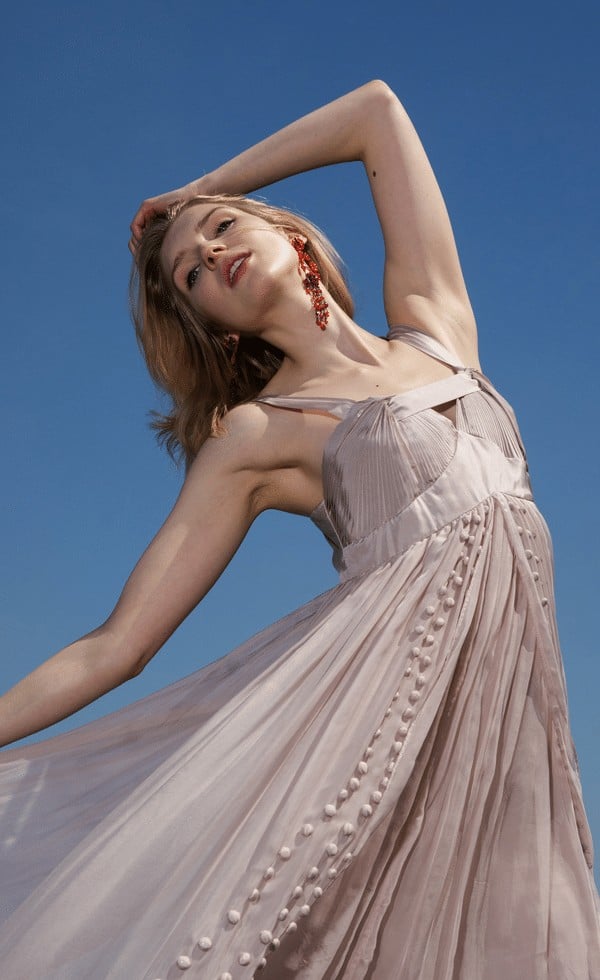
- Going the Opposite Direction
If you’re keen on mixing things up to a whole new level, then you will be glad to know that black wedding dresses are also a thing. The black wedding dress doesn’t need to shout “gothic theme” from the rooftops. It may also be incorporated into a very elegant, Gatsby theme when paired with gold. Check out this post from The Pretty Blog, for more inspiration.
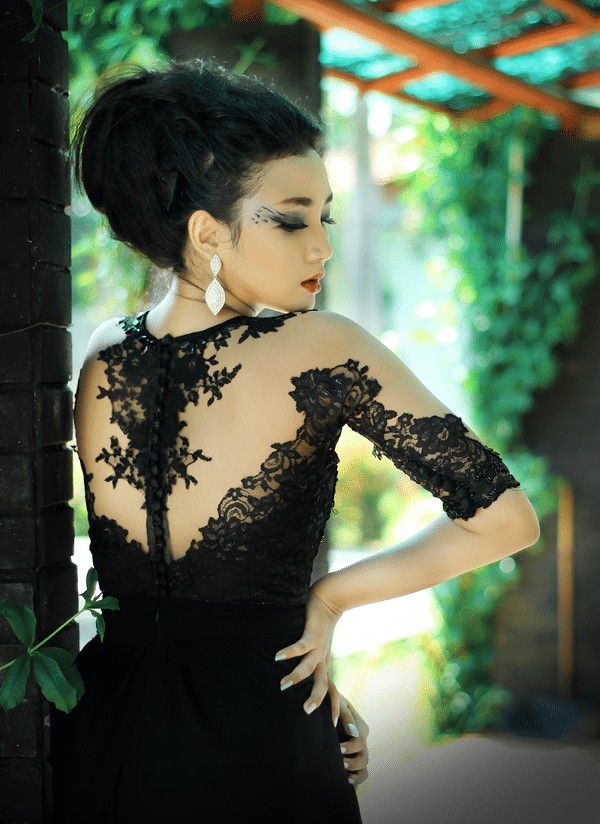
- Bright Colors
You can be bold and go for something bright and colorful on your wedding day. Mix it up by using different materials and textures, or go for plain bright colors. The options are endless!
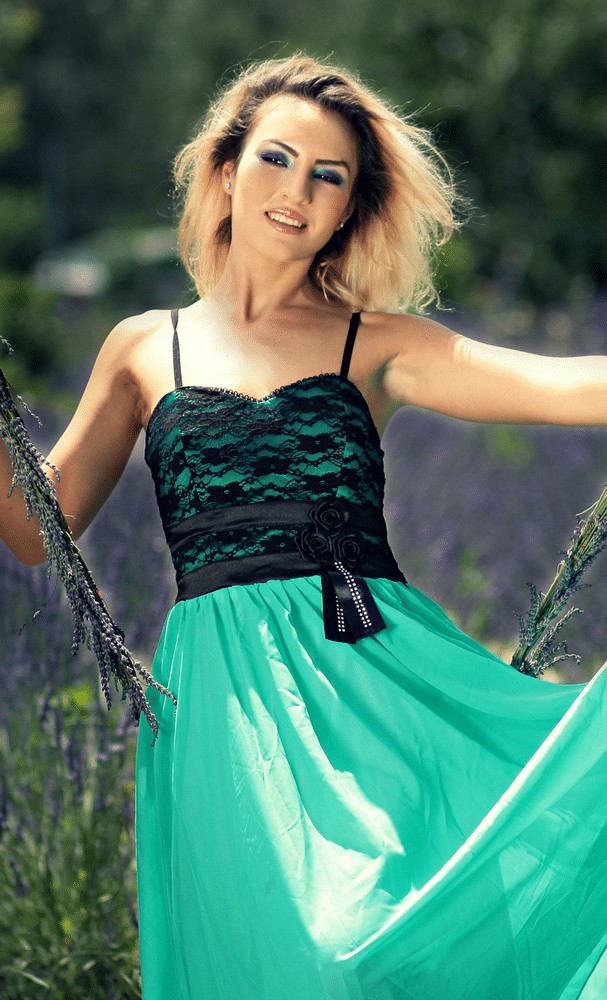
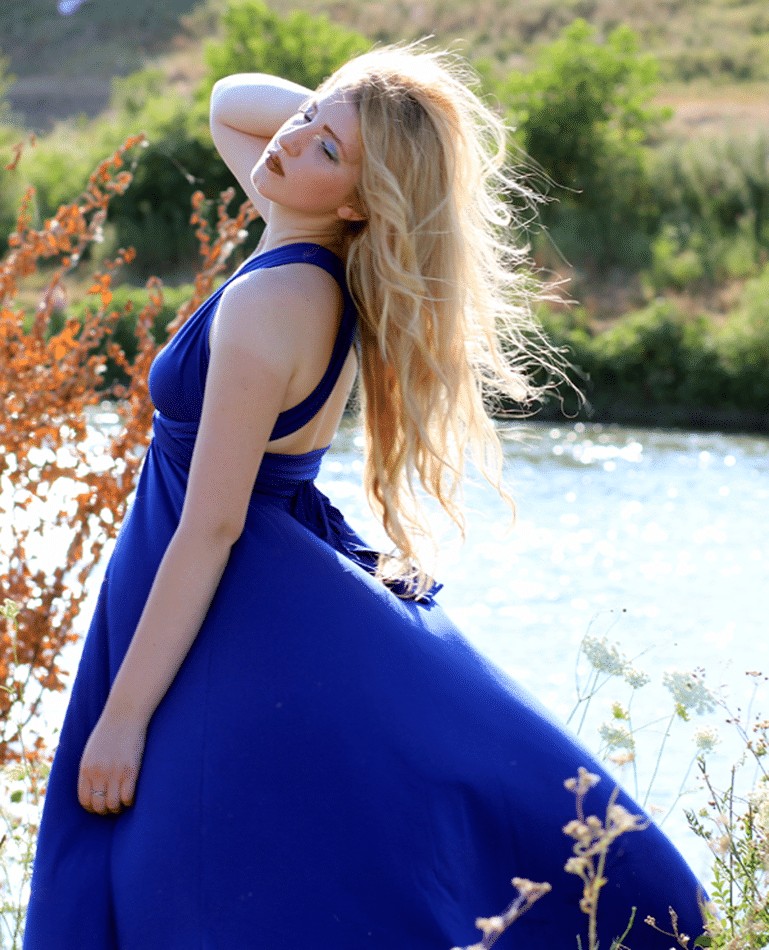
- Floral Dresses
It has been a few years already since floral patterns became a trend in interior design and décor. And with that, came the floral wedding dresses. So much so that The Gilded Gown did a feature about many popular designers who jumped onto the flower wagon. Also, see this post from The Wedding Chicks for a more elegant, clean floral look.
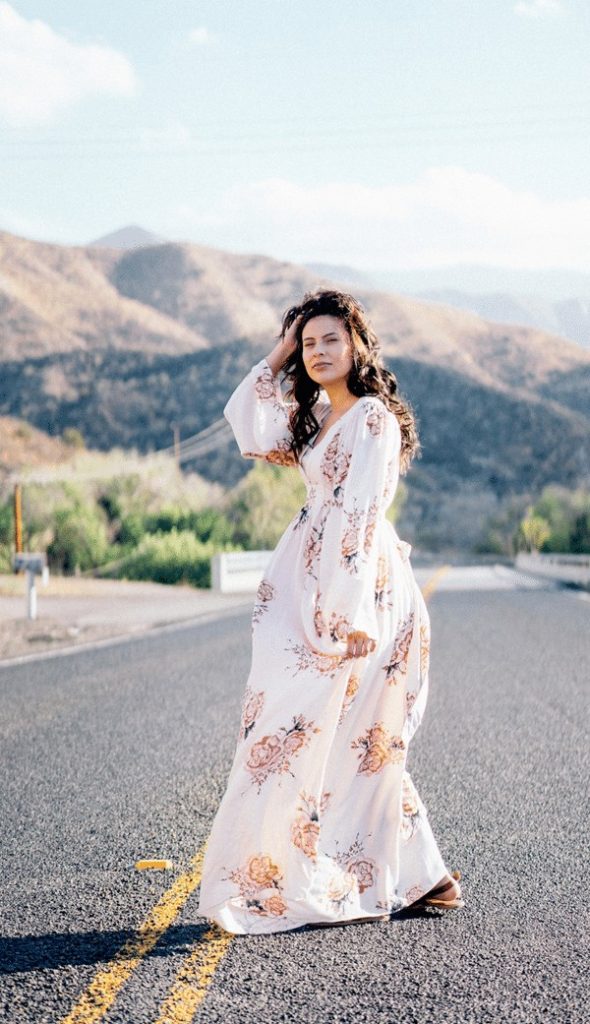
- Ruffled & OTT
Over The Top (OTT) wedding dresses also became a thing in recent years. This may or may not have been the origin of the wacky series My Big Fat Gypsy Wedding! Who knows… All we can say is, if you want your day to be truly unforgetable, then wear an unforgetable dress.

Author Bio: The Wedding Club is a blog created for brides who want to plan their own weddings, and also for wedding planners who need some guidance in the industry. Follow us on our social media and visit our blog here


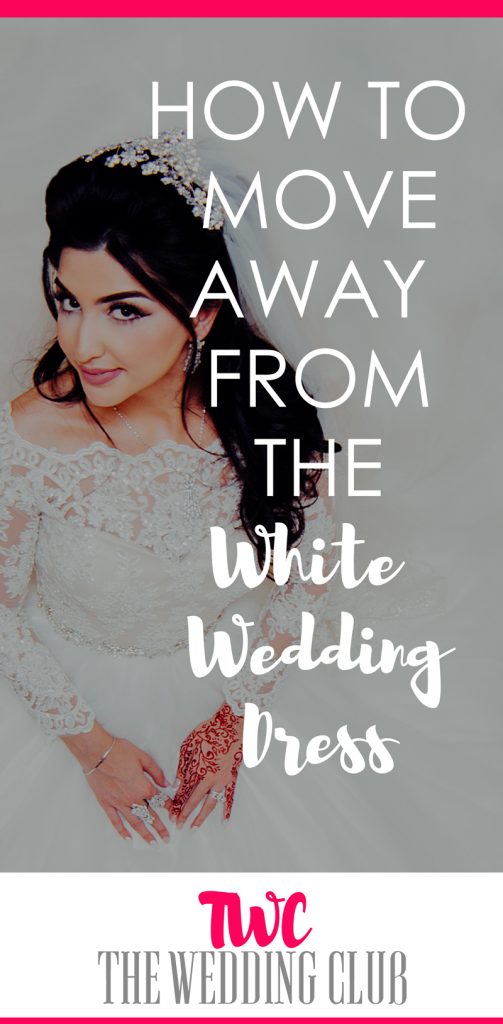
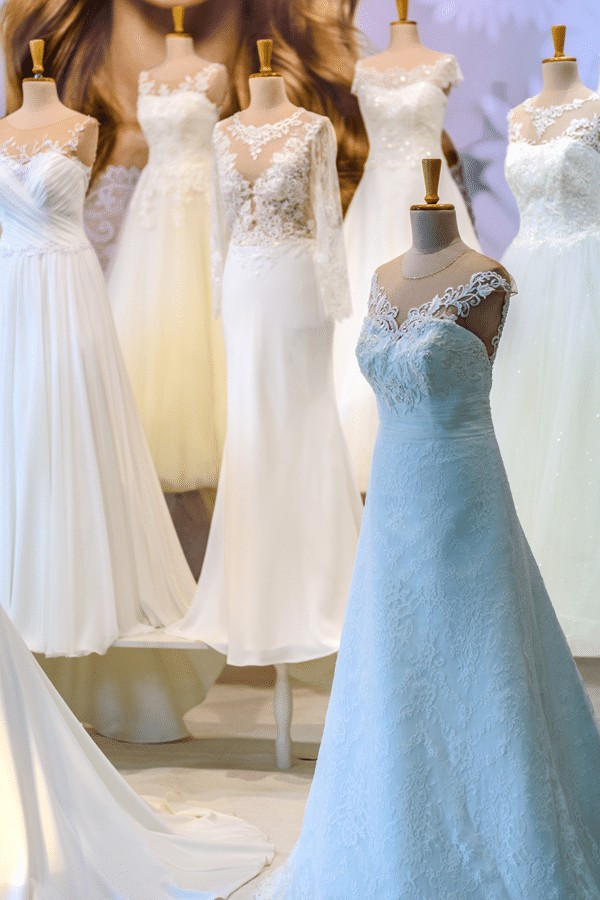
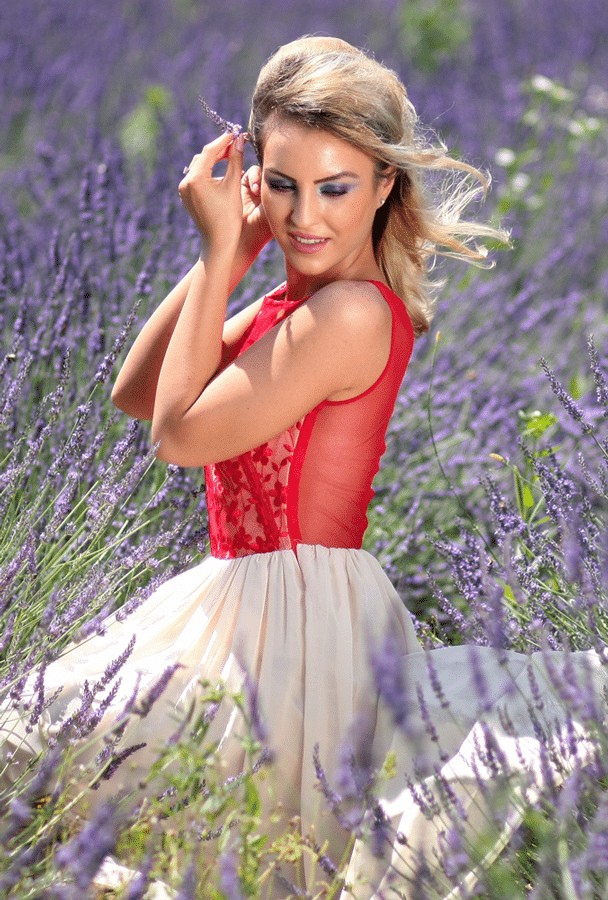
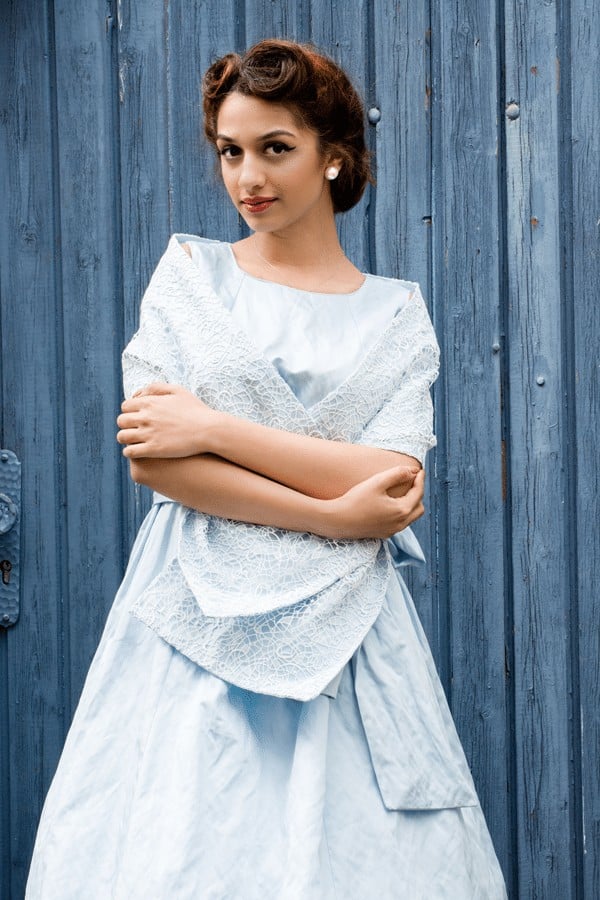
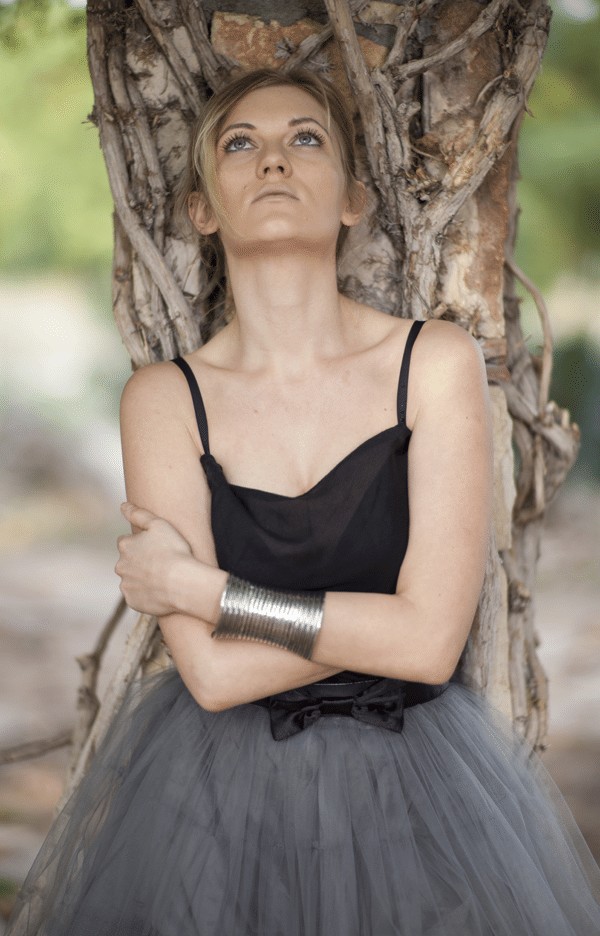
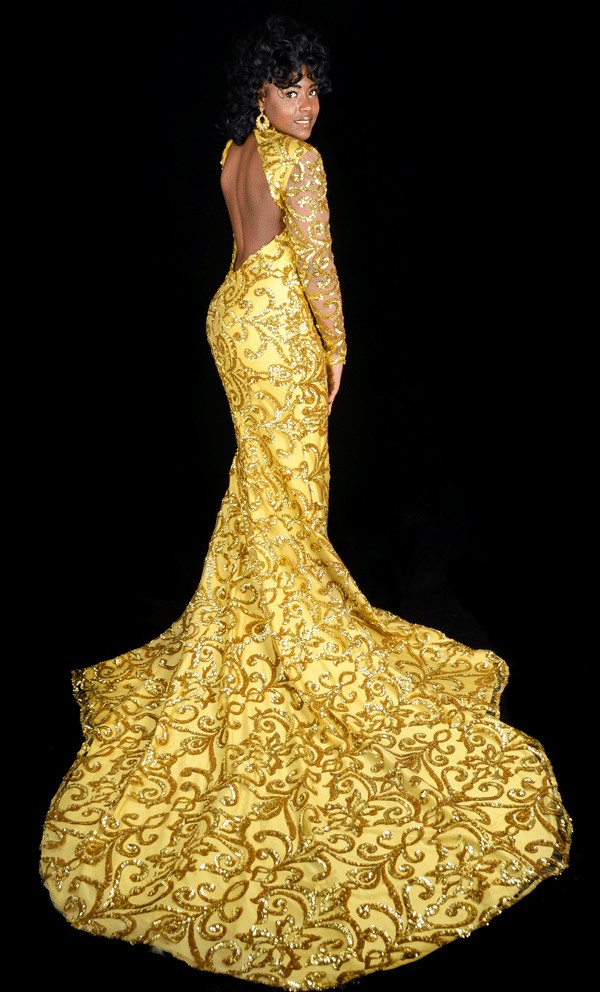
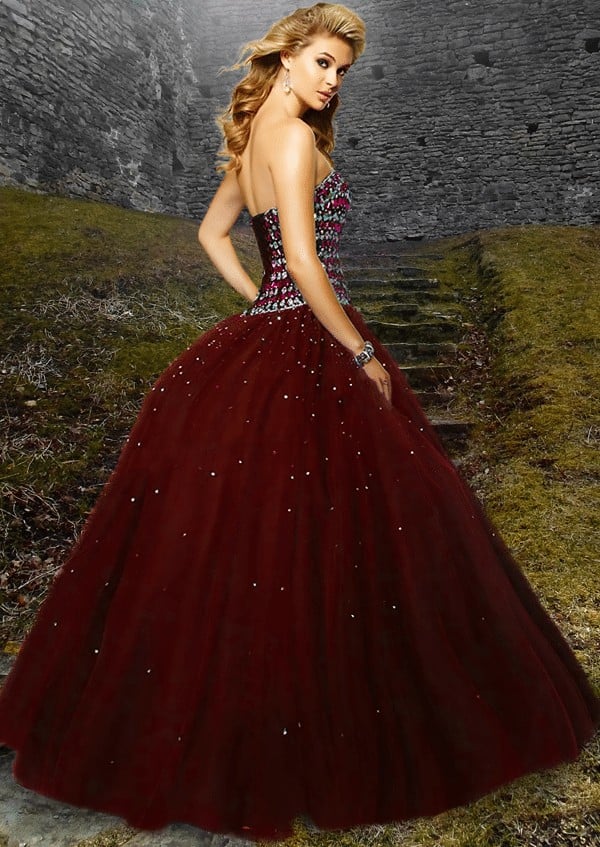
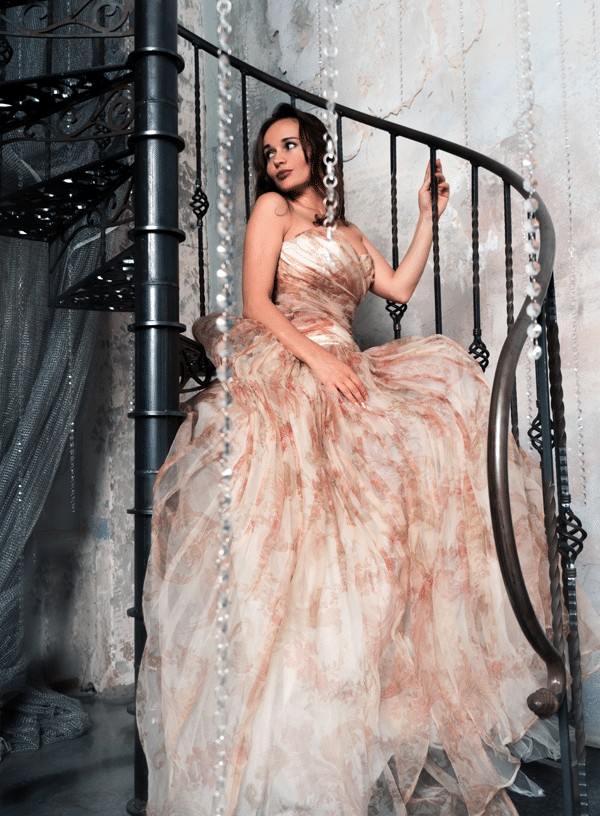
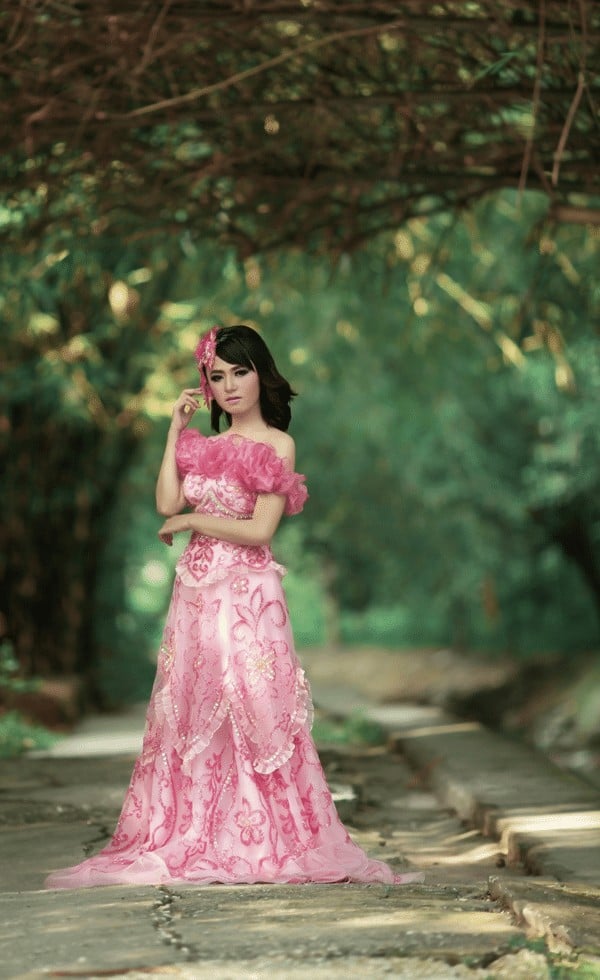


![Crafting The Picture-Perfect Table: Coordinating Serveware With Wedding Décor [2025]](https://i0.wp.com/www.bestforbride.com/bridal-shop/wp-content/uploads/2023/12/Crafting-The-Picture-Perfect-Table-Coordinating-Serveware-With-Wedding-De%CC%81cor.jpg?ssl=1)






